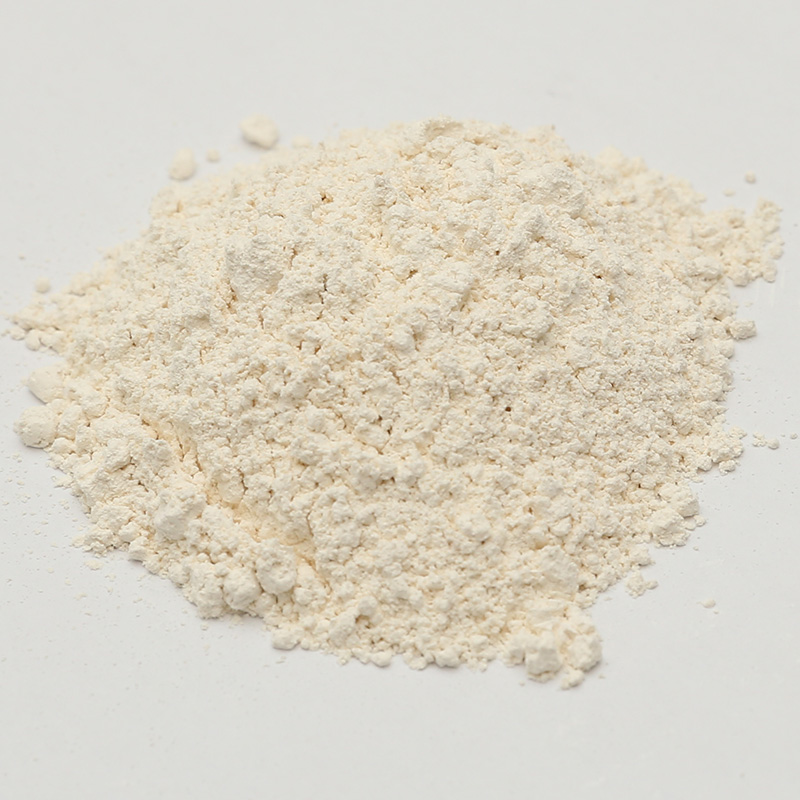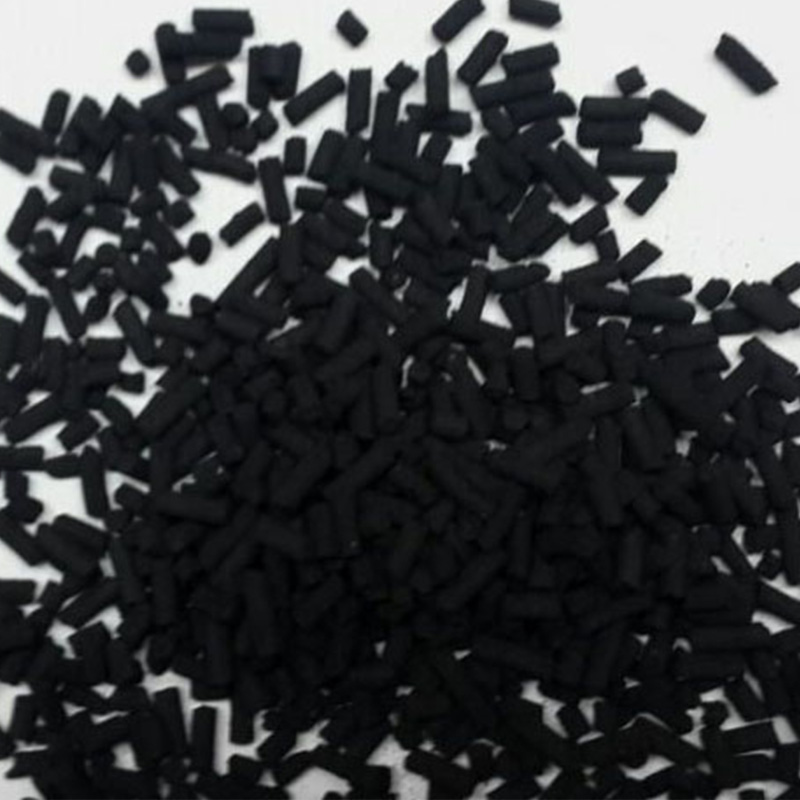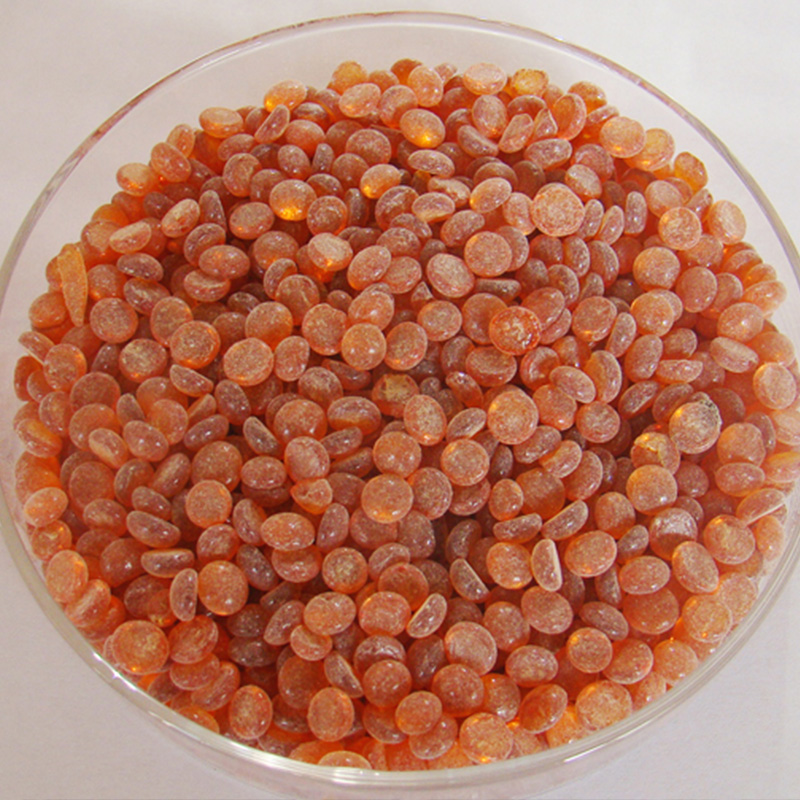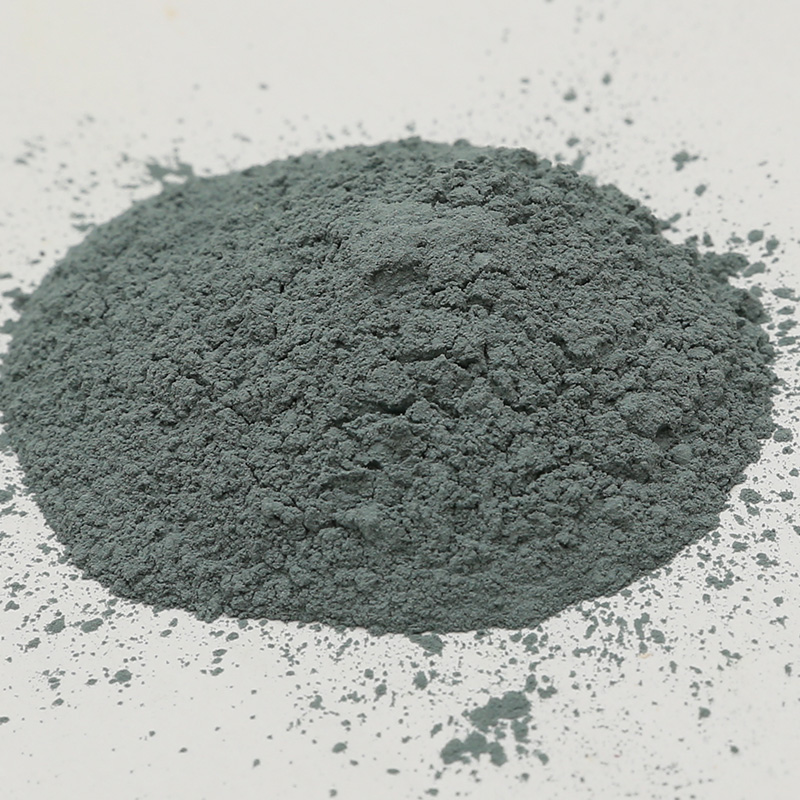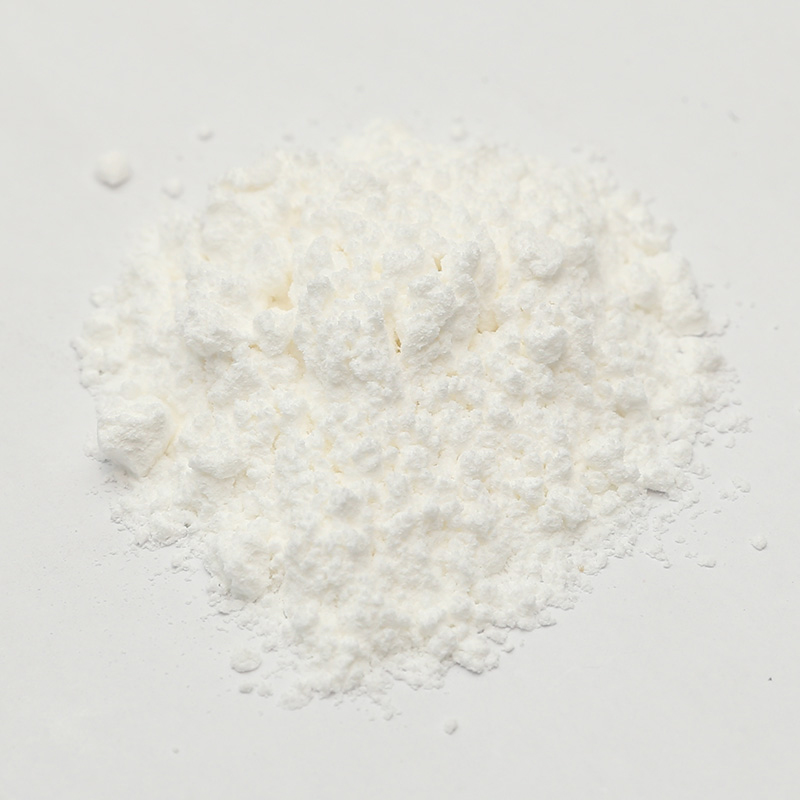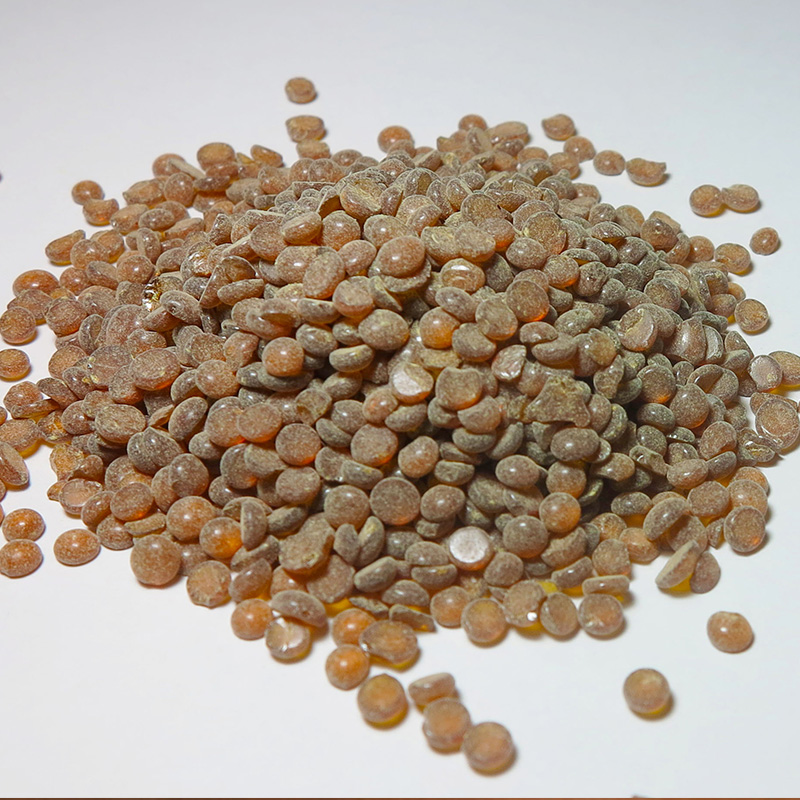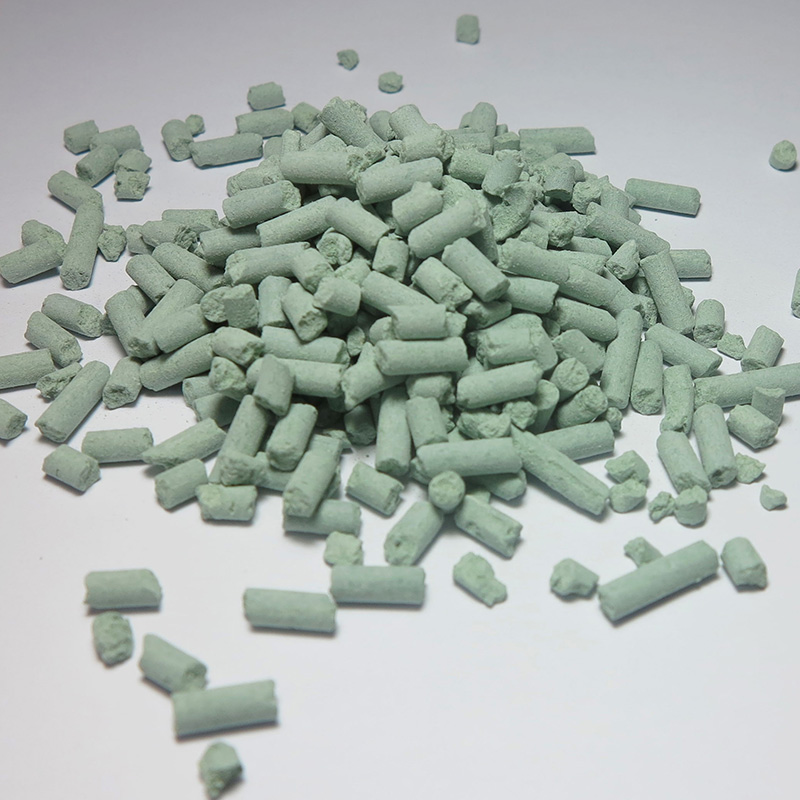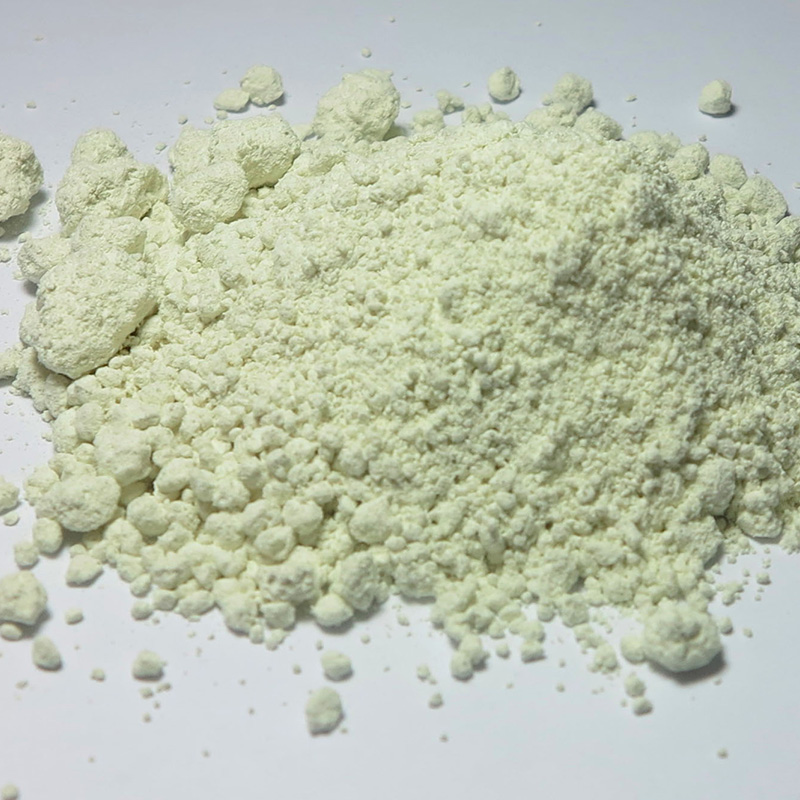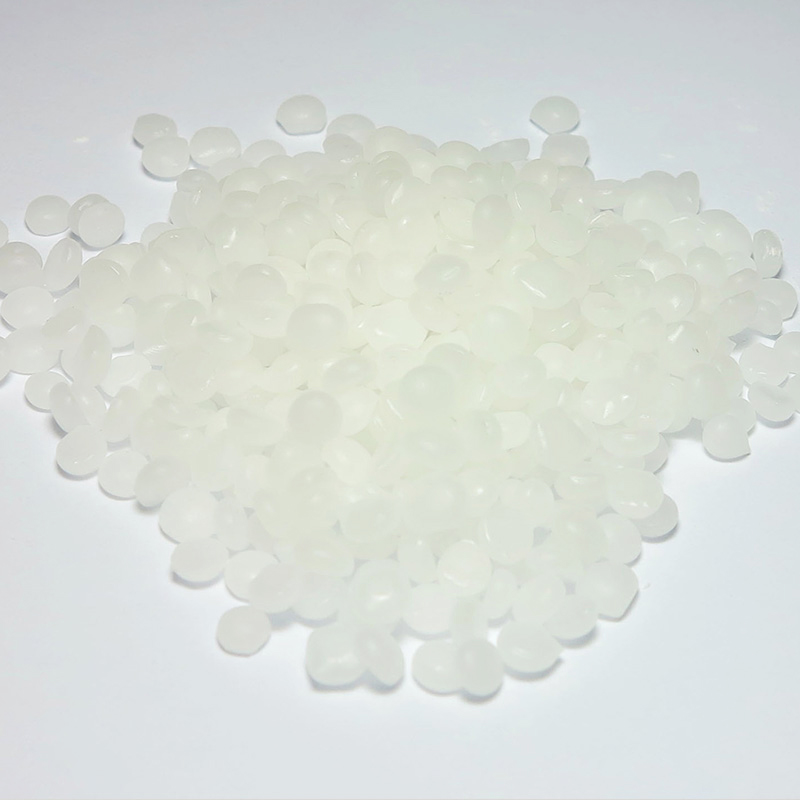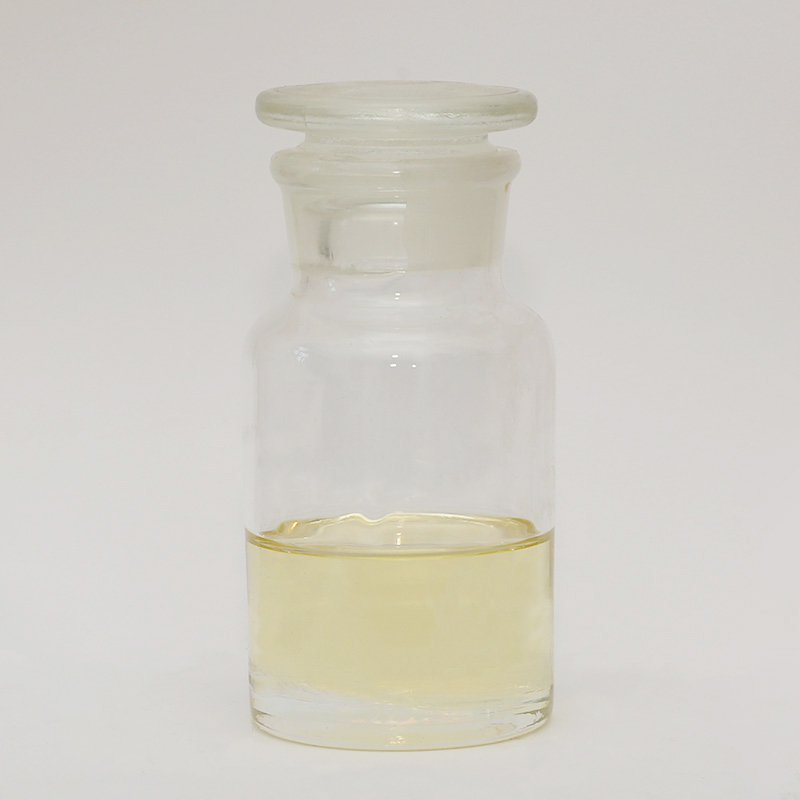The durability and reliability of bonded products often depend on their ability to withstand exposure to water and oils. Rubber Adhesive Agent, widely used in industrial, automotive, and consumer applications, must maintain its bonding strength under challenging environmental conditions. Water and oil can infiltrate adhesive layers, causing weakening of the bond or complete failure over time. Understanding the resistance characteristics of adhesives is essential for selecting appropriate formulations for specific applications, ensuring long-term performance, and reducing maintenance or replacement costs.
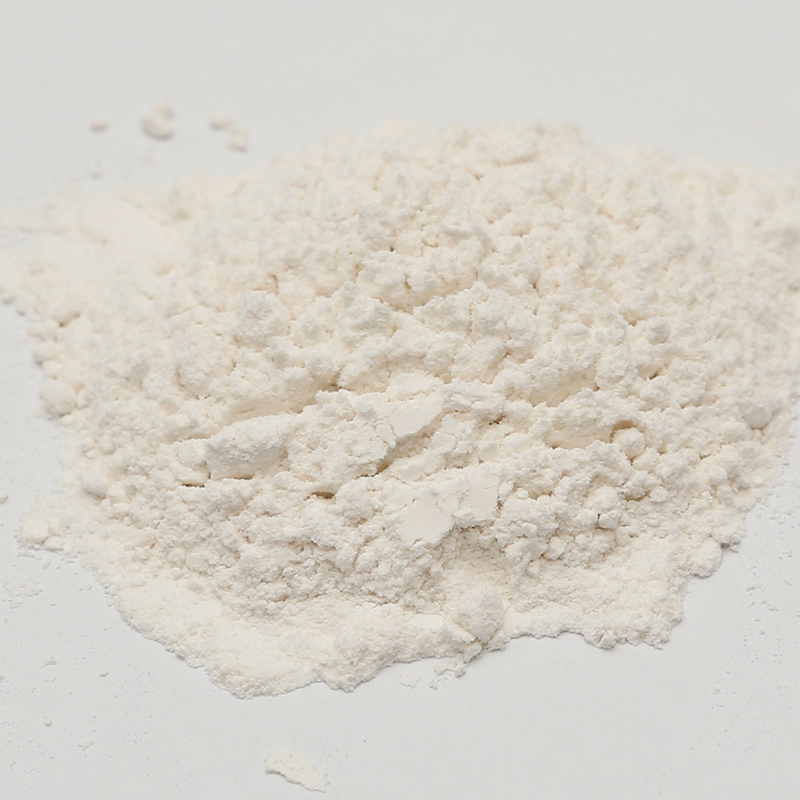
Water Resistance Mechanisms
Water resistance in adhesives is determined by their chemical composition and ability to repel or withstand moisture penetration. Rubber Adhesive Agent typically contains hydrophobic components that limit water absorption and prevent hydrolysis of the adhesive bonds. In well-formulated adhesives, the cured layer forms a dense, cross-linked network that blocks water molecules from reaching the interface between the adhesive and substrate. However, prolonged immersion or exposure to high humidity may still reduce adhesion strength, particularly if the substrate is porous or untreated. Testing under controlled conditions, including water immersion and humidity exposure, provides reliable data on the adhesive’s ability to maintain bonding performance.
Oil Resistance Characteristics
Oil resistance is equally critical for applications where the adhesive may come into contact with lubricants, fuels, or industrial oils. Rubber Adhesive Agent designed for oil resistance generally contains chemical groups that are not easily swelled or dissolved by hydrocarbon-based substances. Exposure to oils can cause softening, reduced cohesion, or migration of the adhesive if the formulation is inadequate. Industrial testing often includes immersion in various types of oils and measurement of changes in bond strength, elasticity, and surface integrity. Adhesives with high oil resistance maintain structural stability and adhesion, ensuring reliable performance even in harsh chemical environments.
Factors Affecting Water and Oil Resistance
Several factors influence the performance of Rubber Adhesive Agent under water or oil exposure. Curing conditions, such as temperature and time, determine the density of the cross-linked network and the degree of adhesion to the substrate. Surface preparation is also critical; contaminants, grease, or untreated surfaces can reduce bond integrity and allow water or oil to penetrate the interface. Additionally, the thickness and uniformity of the adhesive layer affect its protective capabilities. Optimizing these factors ensures that the adhesive maintains its mechanical and chemical resistance properties during actual use.
Practical Implications for Applications
Understanding water and oil resistance is critical for selecting the right adhesive for industrial, automotive, or consumer products. Products exposed to moisture, oils, or a combination of both require adhesives that maintain bonding strength and structural integrity over time. Choosing an adhesive with proven resistance reduces maintenance costs, prevents product failures, and increases overall reliability. Proper storage and handling, as well as correct application techniques, further enhance the performance of adhesives under challenging conditions.
The water and oil resistance of Rubber Adhesive Agent plays a decisive role in the durability and reliability of bonded assemblies. Hydrophobic properties, chemical stability, and proper curing allow adhesives to withstand moisture and oil exposure, maintaining strong and consistent adhesion. By understanding these resistance mechanisms and optimizing application conditions, manufacturers can ensure long-term performance and suitability of adhesive products in demanding environments. Such knowledge is essential for designing durable products and achieving customer satisfaction across multiple industries.



 English
English Português
Português Español
Español русский
русский 中文简体
中文简体